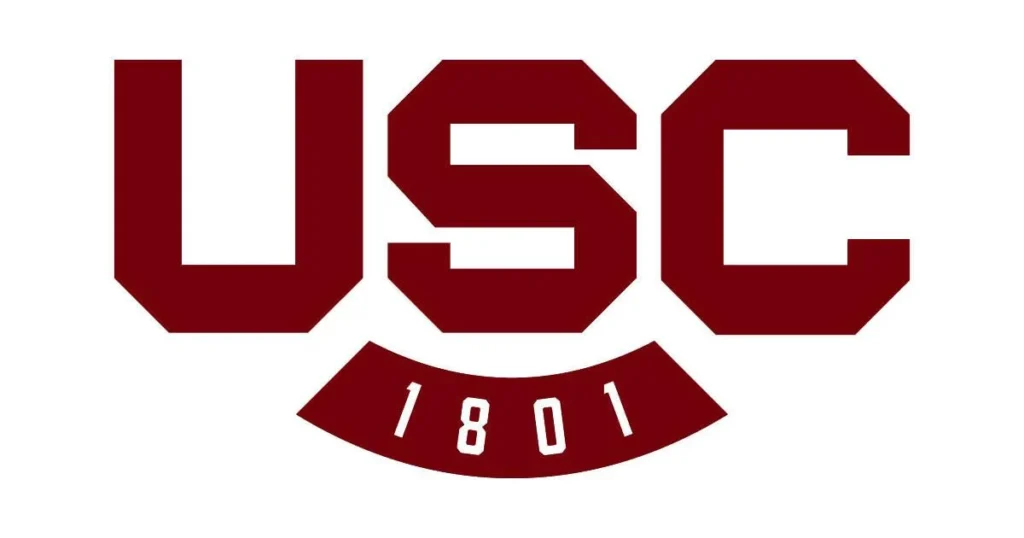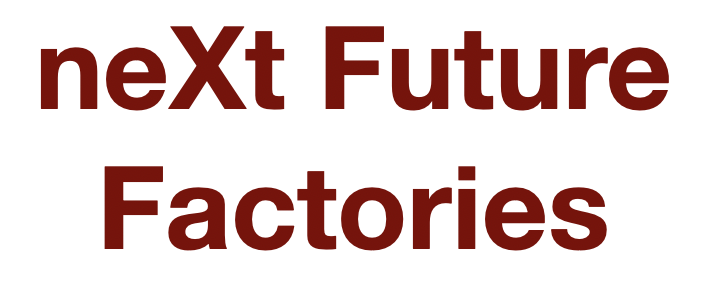Authors
Alex Brasington, Trevor Schachner, Ramy Harik
Conference
AMX Conference Proceedings. Orlando, Florida.
Abstract
Automated Fiber Placement (AFP) is a composite manufacturing technique used to fabricate lightweight air and space vehicles. AFP uses tows, or strips of composites, laid side by side to build plies and laminates. A major consequence of this technique is the defects induced via the AFP process. Knowledge and detection of defects requires some expertise on the size, shape, and significance of the considerable number of possible defects. Detection then becomes increasingly difficult due to the substrate and incoming material both being a dark black color. The inability to detect defects leads to a part with poor quality. This report aims to provide some education on these defects using 3D modeling and 3D printing to visualize each defect. To ease visualization, the model can be printed in three different colors as follows: First, the tool surface is printed in one color, then the tows are printed in a second color. The contrast of these two colors can then be used to visualize defects such as boundary coverage or tow drops. Defects associated with single tows such as gaps, overlaps, and twist can be modeled and printed using a third color. This method creates 3D models with easily identifiable defects that can be used to educate or train AFP personnel.
Keywords
3D modeling, 3D printing, automated fiber placement, defects
Citation
Alex Brasington, Trevor Schachner & Ramy Harik. (September 2020). 3D Modeling of Automated Fiber Placement Defects. CAMX – The Composites and Advanced Materials Expo. CAMX Conference Proceedings. Orlando, Florida.
Link:
Documents


